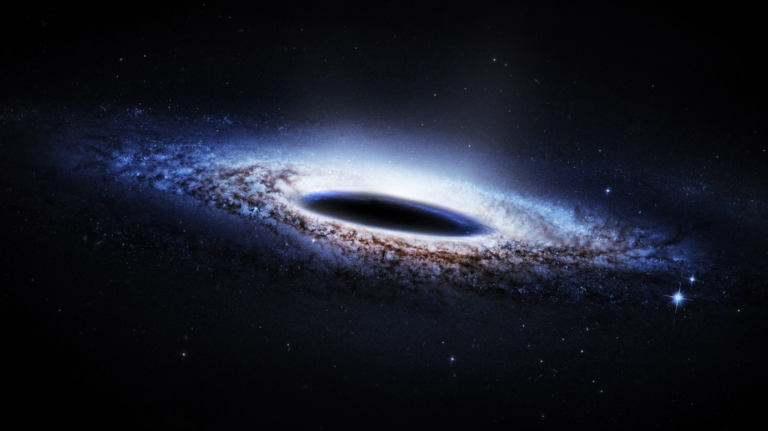Extremely Rare Black Hole Found at the Center of the Milky Way
Astronomers Find Elusive “Missing Link” Black Hole Near Milky Way’s Core, Solving a 20-Year Mystery
The first type of a middle-weight black hole has been detected inside the IRS 13 star cluster, which is only 0. 3 light years away from Sagittarius A*, the Milky Way’s super-massive black hole. Researchers observed the stars within cluster and determined that they all behave as one system: the black hole, located at center ought to be roughly thirty-thousand solar masses. Future observations utilizing JWST will help to probe more detail of this extraordinary cluster and clarify the way that black holes influence galaxy formation.
This discovery of a ‘missing link’ black hole in the center of Milky way galaxy has been exciting to scientists. The IRS 13 star cluster which is located less than a light year from the centre of the Milky Way galaxy the supermassive black hole Sagittarius A* should in theory be a highly unstable structure.
But in the analysis, the stars in the cluster were found to move in a synchronized manner which would suggest that there is an influence from a black hole that is in contact with Sagittarius A*. Published in The Astrophysical Journal on July 18, this research shows that what appeared to be a solitary giant star is, in fact, orbiting an IMBH. “This star cluster has been giving scientists the unexpected since its discovery roughly twenty years ago,” said lead author Florian Peissker, an astronomer at the University of Cologne. “As for the high-resolution data, we now establish that it is indeed associated witn an intermediate-mass black hole. ”
A black hole is a result of collapsing of a large star or developing through the intake of gas, dust, stars and other black holes and galaxies. They are generally categorized into two main types: The first kind of black holes is stellar-mass black holes – their mass can vary from a few to several dozen solar masses; the second is supermassive black holes, the mass of which can reach millions up to billions of solar masses.
Galactic nuclei hosting IMBHs with mass between 100M☉ and 100,000M☉ are particularly challenging to detect. Of the several possible candidates, none have been clearly identified The managers indicated and who might be affected by the decision. This gap poses a big concern to scientists since it implies there is something they do not understand with the formation and growth of black holes.
To investigate IRS 13 further, some astronomers used the data provided by the Very Large Telescope, the Atacama Large Millimeter/submillimeter Array and the Chandra X-ray Observatory. Analyzing of their model of the star cluster, they discovered a void in the middle of the cluster, but X-ray emissions of the surrounding ionized gas that should surround the disk of a black hole estimated its mass about 30,000 times as that of the Sun.
With this potential intermediate black hole considered, astronomers are to perform more observations with the help of James Webb Space Telescope and Extremely Large Telescope which is being built in the Atacama Desert in Chile at the moment. They in turn propose further observations of this cluster in order to gain more understanding of why the cluster exhibits irregular behaviour and the small and large black holes.
Do not forget to share your opinion with us to provide you with the best posts !




0 Comments